Editor’s Key Takeaways: Mastering Outdoor Portrait Photography: A Comprehensive Guide

Outdoor portrait photography provides a beautiful backdrop but requires mastering of the right settings. This post discusses the best camera settings for outdoor portraits, including how to handle varying weather and lighting conditions. Readers are advised to be familiar with Manual Mode, the exposure triangle (aperture, shutter speed, ISO), metering modes, histograms, and white balance before proceeding.
Outdoor portrait photography presents challenges, including limited control over lighting and unpredictable weather. Solutions include adjusting the position of your subject to work with available light and adding a flash or scrim. However, these methods can still present difficulties.
The post further details how to handle specific scenarios such as sunny days, sunsets and sunrises, overcast lighting, rain and snow, and using equipment like flashes, strobes, speedlites, scrims, and neutral density and polarizing filters to achieve the best results. Tips and tricks are also presented for managing these challenges.
When you buy through links on our site, we may earn a commission at no cost to you. We evaluate products independently. Commissions do not affect our evaluations. As an Amazon Associate, we earn from qualifying purchases.
Introduction
The great outdoors can lay a fantastic backdrop for your portrait photography, but getting the right settings can be a little bit of a challenge if you’re new to shooting outside. Here is our guide to the best camera settings for outdoor portraits, helping you nail that exposure every time!
Before reading this guide, make sure you read our articles on Manual Mode (you’ll be able to better control the outcome this way), the exposure triangle (aperture, shutter speed, ISO), metering modes, histograms, and white balance if you’re not too acquainted with your camera.
Best Camera Settings for Outdoor Portraits:
The Difficulty with Outdoor Portraits
I actually started out exclusively as an outdoor photographer, in honesty because I wasn’t well versed in off-camera lighting in the early days. As such, outdoor photography became such second nature that I stopped considering the actual problems one tends to face with outdoor portraiture. It was only after I became adept at working in the studio that the blatant problems began to stick out like a sore thumb.
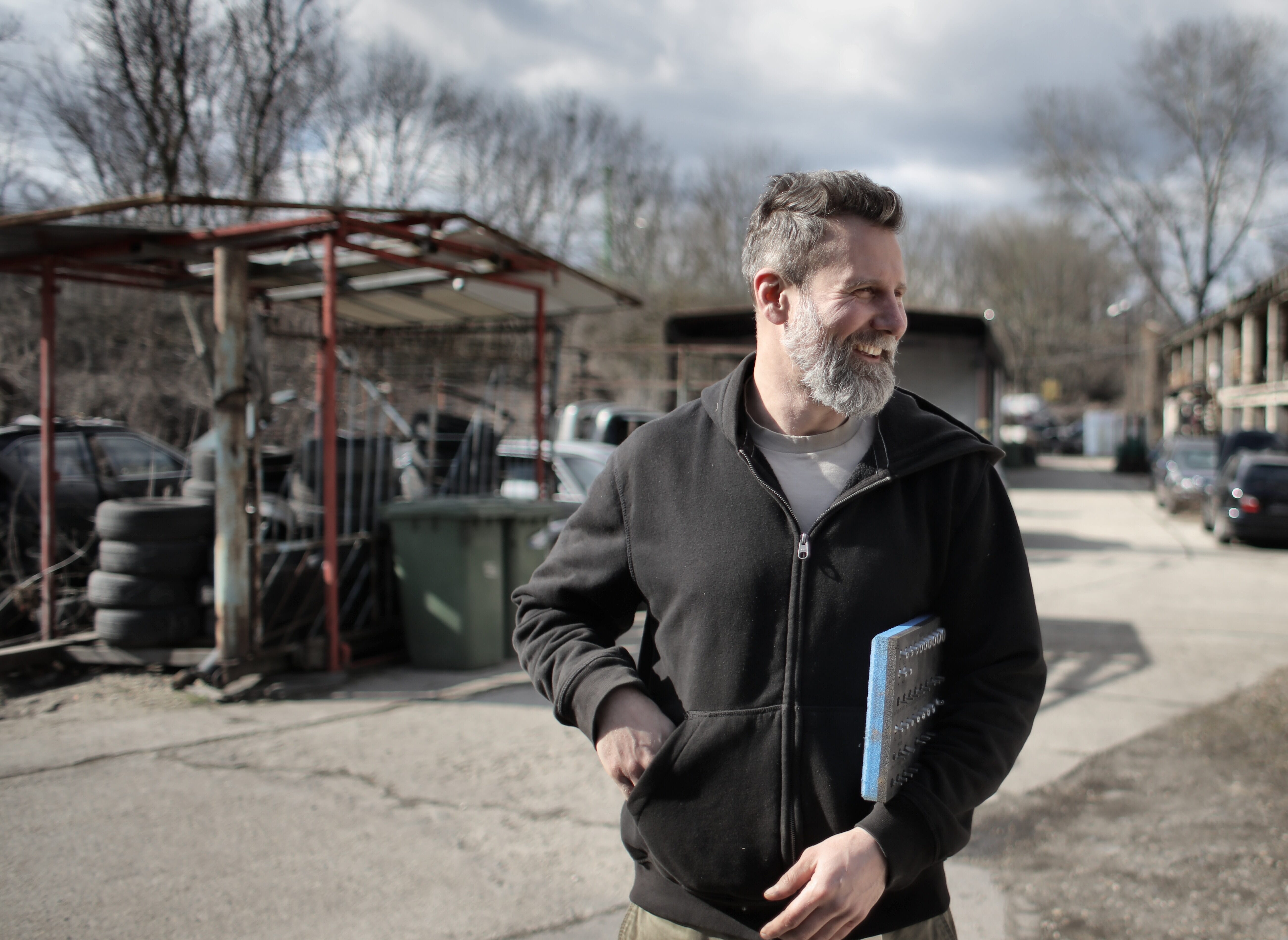
So, what problems are we dealing with here?
- For starters, you have limited control over the lighting that you encounter outside. So often I wish I could just put a little dimmer on that sun or stick a light behind those clouds! Although you can definitely turn your subject this way and that way to work better with the available light, add a flash or a scrim, it can still be a challenge.
- Weather loves to interrupt your day. I hear cameras don’t fancy water falling from the sky too much…
- As a wide aperture lover myself, sometimes wide apertures aren’t very conducive with that noon sunlight.
- As pretty as sunsets and sunrises are, exposing your subject and the sky can be a pain for many photographers.
- Portraits involve people, that’s already difficult in and of itself! The sun can make your subject squint, improper lighting will creep into every pore, and sometimes the background is just really cluttered for that shot.
But don’t worry, solutions for the above do exist, and I’m here to tell you about them!
Sunny Days
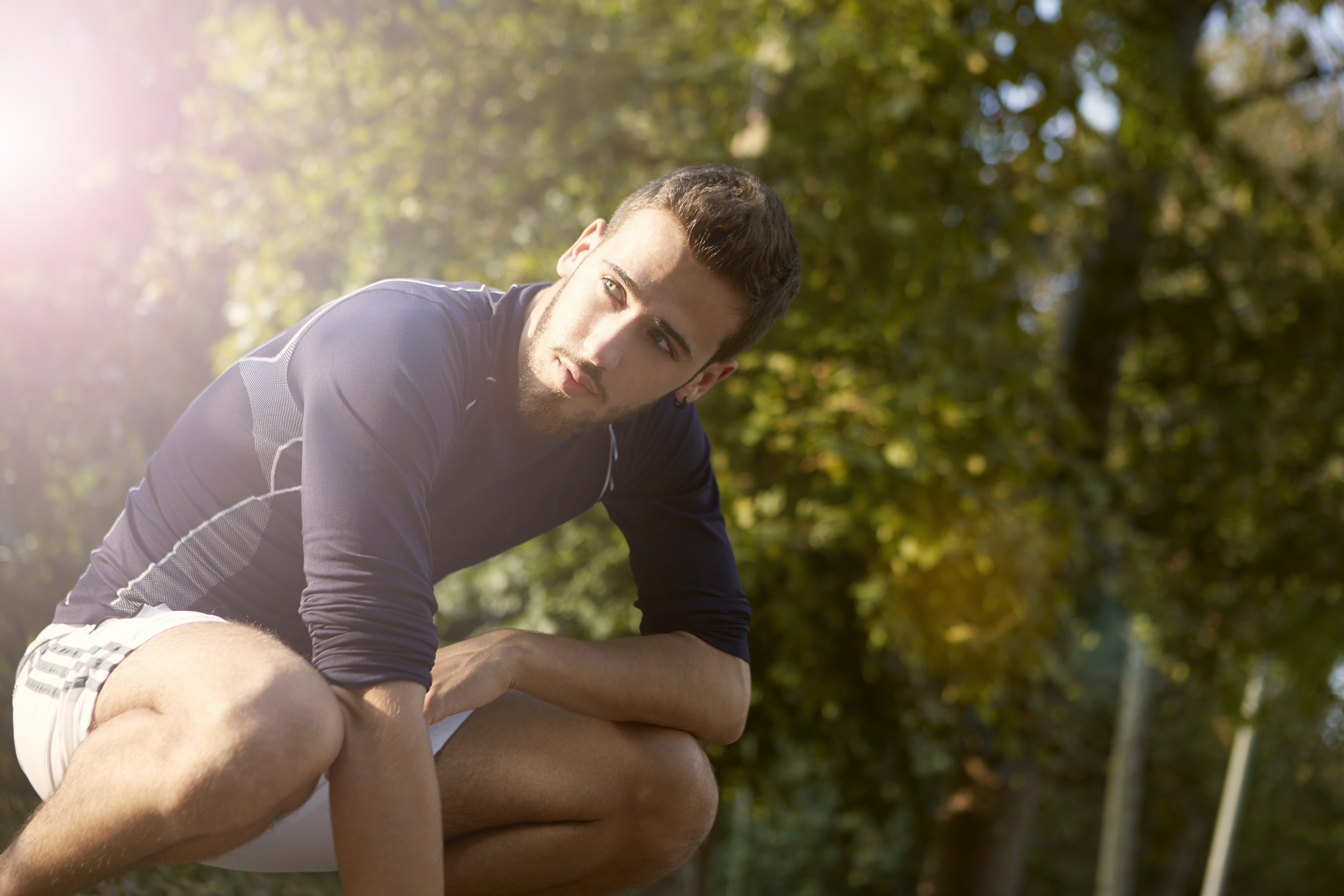
The most common situation you’ll probably encounter is shooting on sunny days. Those who don’t practice photography typically assume that you want a bright sunny setting for photoshoots, but the reality is that you probably don’t. The problem with sunny days is that there is a lot of contrast – your shadows will be really dark and your highlights will be really bright. Although this can look cool for landscapes and candids, portraits may not be as inclined.
Now, ideally, you’re going to want to keep turning your subject around until you find where the high contrast from the sun actually provides flattering shadows and highlights. Play around with turning your subject’s head, turning their body, or even just finding somewhere more shadowy to shoot rather than smack dab under that sun.
Aperture
Since aperture is controlled by the lens, we’ll write this under the assumption that you’ll either be working with a lens that has wide apertures or you’re working with a lens that has moderately wide apertures. Just keep this in mind for upcoming aperture sections.
I am personally a shallow depth of field photographer and use wide apertures by default. For sunny days, this can be a bit of a problem because of how much light a wide aperture lets in. As such, on sunny days, my aperture tends to lurk around f/1.8 or f/2.0 to account for the outdoor world being overflowed with light.
If you’re a photographer that prefers more of the background in focus, sunny days allow you to go to any narrow aperture with relative ease, such as f/8.0 and f/16.
ISO
Keeping our aperture in mind, it’s time to set the ISO. If you use wide apertures like me, your ISO should sit between ISO 50 (available only on mirrorless systems) or ISO 100 (the lowest a DSLR can go) to ISO 400 on the maximum side. Ideally, you want to keep that ISO as low as possible, not only to alleviate noise but also to account for the wider aperture.
However, if you shoot with deeper focus, you’ll find your aperture sitting closer to the ISO 400 range.
Shutter Speed
Shutter speed is adjusted last and will be at your discretion based on what the aperture and ISO are. I suggest adjusting shutter speed in such a way to allow for the lowest ISO possible! If you’re shooting handheld, just remember to keep that shutter speed fast enough that your hands shaking won’t impact the shoot. Generally, my shutter speed on bright days lurks around the 1/1000 and faster range, sometimes going as high as 1/8000!
Metering Mode
For myself, I like to use the Spot Metering Mode for sunny days. This allows you to gather data from your subject’s exposure rather than getting the meter to read oddly because it’s considered the data from everything around your subject as well.
White Balance
Most cameras conveniently have a “Sunny” setting for white balance. Nifty!
Sunsets and Sunrises

A sunset or sunrise can offer your most glorious shots or be the bane of your existence! But, if you can master these, then you’ve unlocked a powerful tool to offer your clients and they will love you for it.
Aperture
For the soft and ethereal look that the ‘golden hour’ is famous for, shoot at very wide apertures. I love capturing the golden hour as wide as f/1.2! The lighting during this time allows you to go that wide without issue.
ISO
Throughout the duration of sunset or sunrise, you’ll find the world getting darker and darker (especially according to your camera sensor). This is where your ISO will begin to fluctuate based on how far into the sun’s movements you are.
At the start of the sunset, you can usually keep the same ISO as you were using during a sunny day. As the sun gets lower in the sky, you’ll be moving that ISO higher and higher. My ISO generally gets as high as ISO 800 at the end, if not higher depending on whether mountains have blocked more of my sunlight.
For the sunrise, you just do the settings in reverse!
Shutter Speed
As portraits don’t encounter that much movement, keep adjusting this relative to your aperture and ISO.
Metering Mode
For the golden hour, because the sun tends to be more parallel with my subject rather than looming directly overhead, I like my metering mode to consider all of the shadows, highlights, and mid-tones in my shot rather than just on my subject. As such, I switch my metering mode to Matrix/Evaluative Metering.
White Balance
I usually keep my white balance at “Sunny” still.
Related Posts
Overcast Lighting
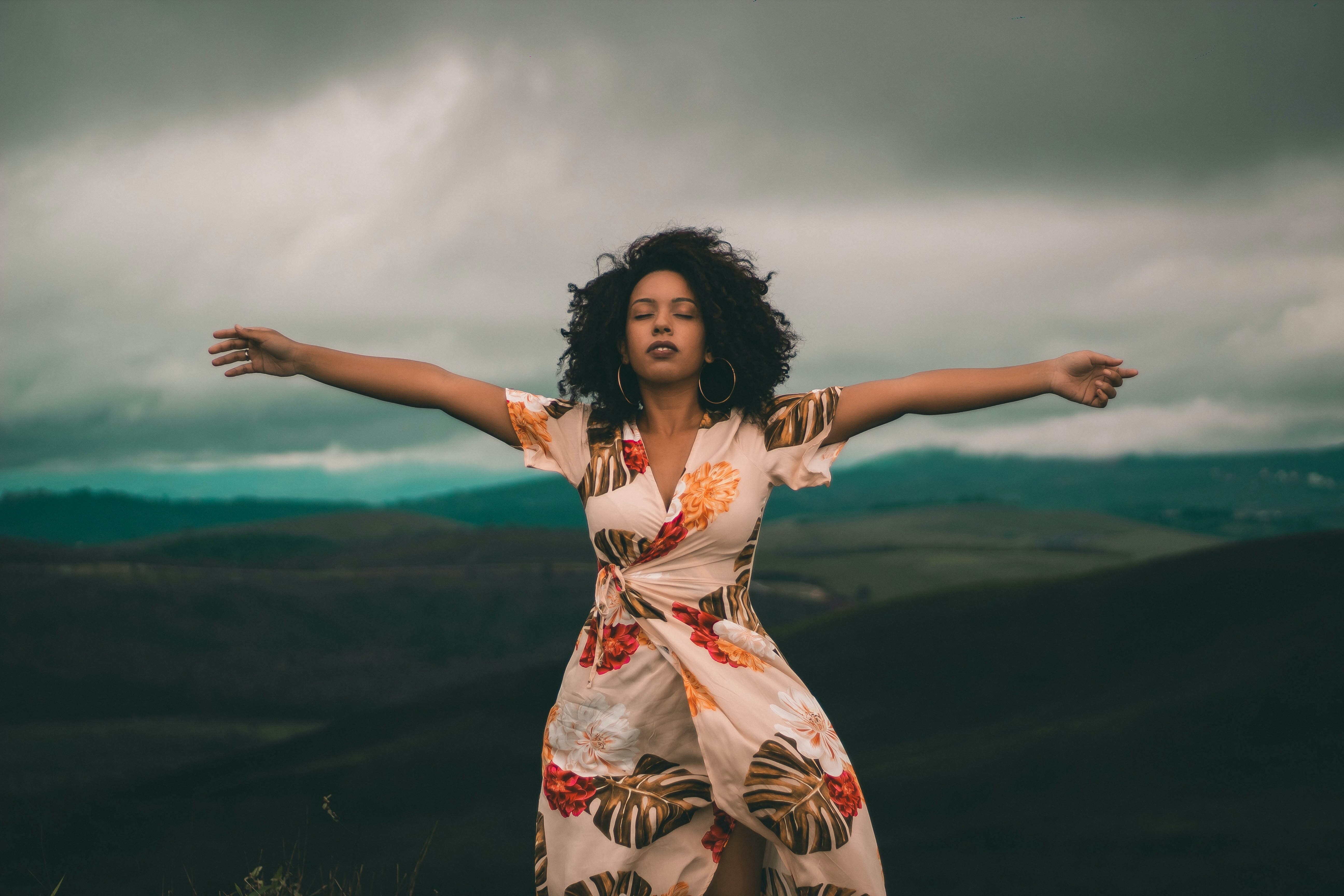
My personal favorite, overcast lighting will make everything a whole lot easier than sunny days or the sun rising up and going down.
Aperture
The glory of overcast lighting is that you can really set your aperture to anything and it’ll look pretty nice exposure-wise!
ISO
Overcast lighting, depending on whether the clouds are very dark or white, will differ your ISO from sunny lighting for sure. If the clouds are white, you’ll probably sit with an ISO around the 200 and up range, based on how much light your aperture is letting in. If the clouds are black, the world will be much darker – so your ISO will increase quite a bit. Overcast ISOs tend to range between 200 and 800.
Shutter Speed
Once more, adjust this based on the above two settings! But remember, overcast days often come with wind, so you don’t want your shutter speed so slow that there is a lot of motion blur.
Metering Mode
Because overcast lighting makes everything in your frame pretty evenly lit, I keep my metering mode on Matrix / Evaluative.
White Balance
Hey, look, there is an “overcast” or “cloudy” setting! Use it!
Rain and Snow
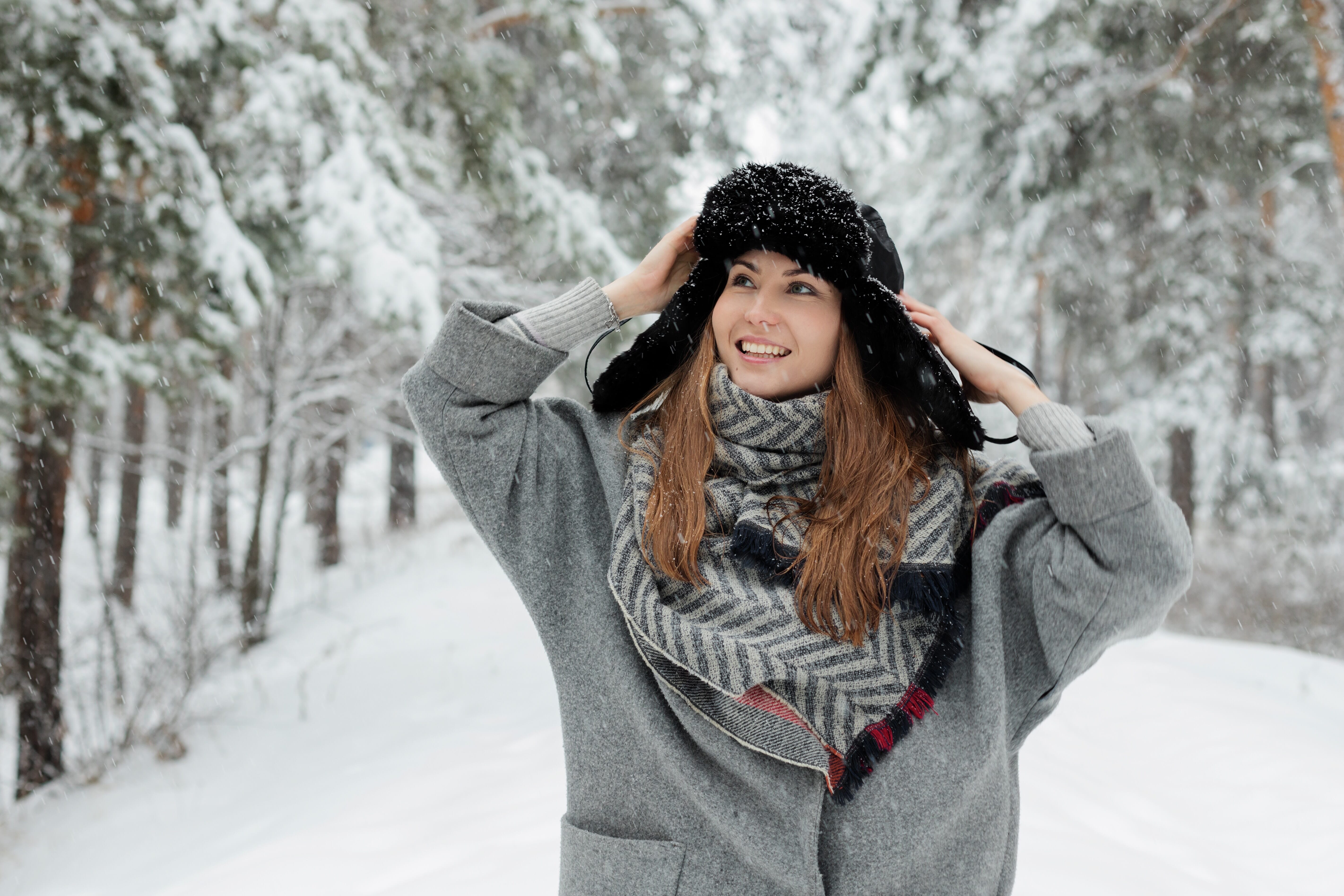
Here comes the weather! Here is my advice.
Aperture
For rain, the world is going to be pretty dark. For snow, the world is going to be pretty bright if it’s a sunny snow day or dark if it’s a snowy day.
If the world is dark, you’ll do best with as wide an aperture as you can muster on your lens of choice.
If the world is snowy with the sun overhead, you’ll need to narrow your aperture because snow makes things way, way, way too bright. The sun will reflect up from the snow and right into your shot.
ISO
If the world is dark, don’t be surprised if your ISO starts intruding upon some of the “danger zones” (where noise may start coming out, depending on your camera). Your ISO will probably get higher than 1/800, maybe well into the 1/1600 and up range!
If the world is bright from the sun reflecting on snow, keep your ISO as low as possible, ISO 50 or ISO 100 ideally.
Shutter Speed
If the world is dark, your shutter speed will be slower. Depending on how you want to show off the rain, you might want to use a slow shutter speed to give the rain some motion blur or you’ll want to make the shutter speed slightly faster to freeze the water droplets a bit.
For sun + snow, bump that shutter speed as high as you can! You want to be able to capture as much detail in the snow as possible so it isn’t an overexposed blob.
Metering Mode
For these kinds of situations, I care the most about getting my subject correctly exposed. As such, I favor Spot Metering.
White Balance
While before there were preset white balance options for us, here there are not. You’ll want to set a custom white balance (especially for snow).
Flashes, Strobes, and Speedlites
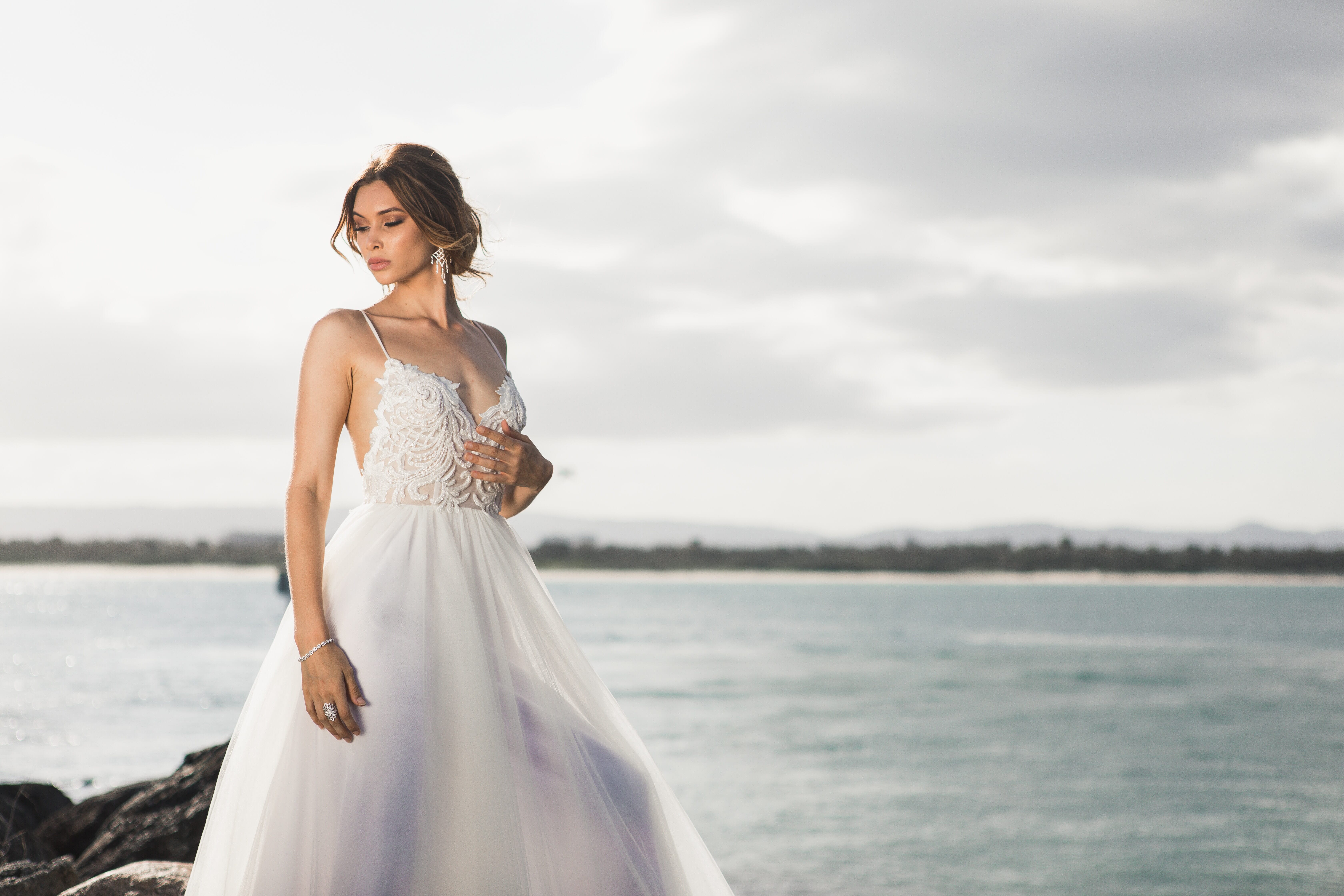
Now, the above settings assume that you’re shooting with available light and that’s it. But believe it or not, there is a method of manipulating the light you have outdoors and that’s with off-camera lighting.
When using flash, you’ll find that your ISO remains significantly lower than before, your shutter will only be as fast as the flash allows, and your aperture can sit in any fashion you desire. Makes life a lot simpler.
Scrims
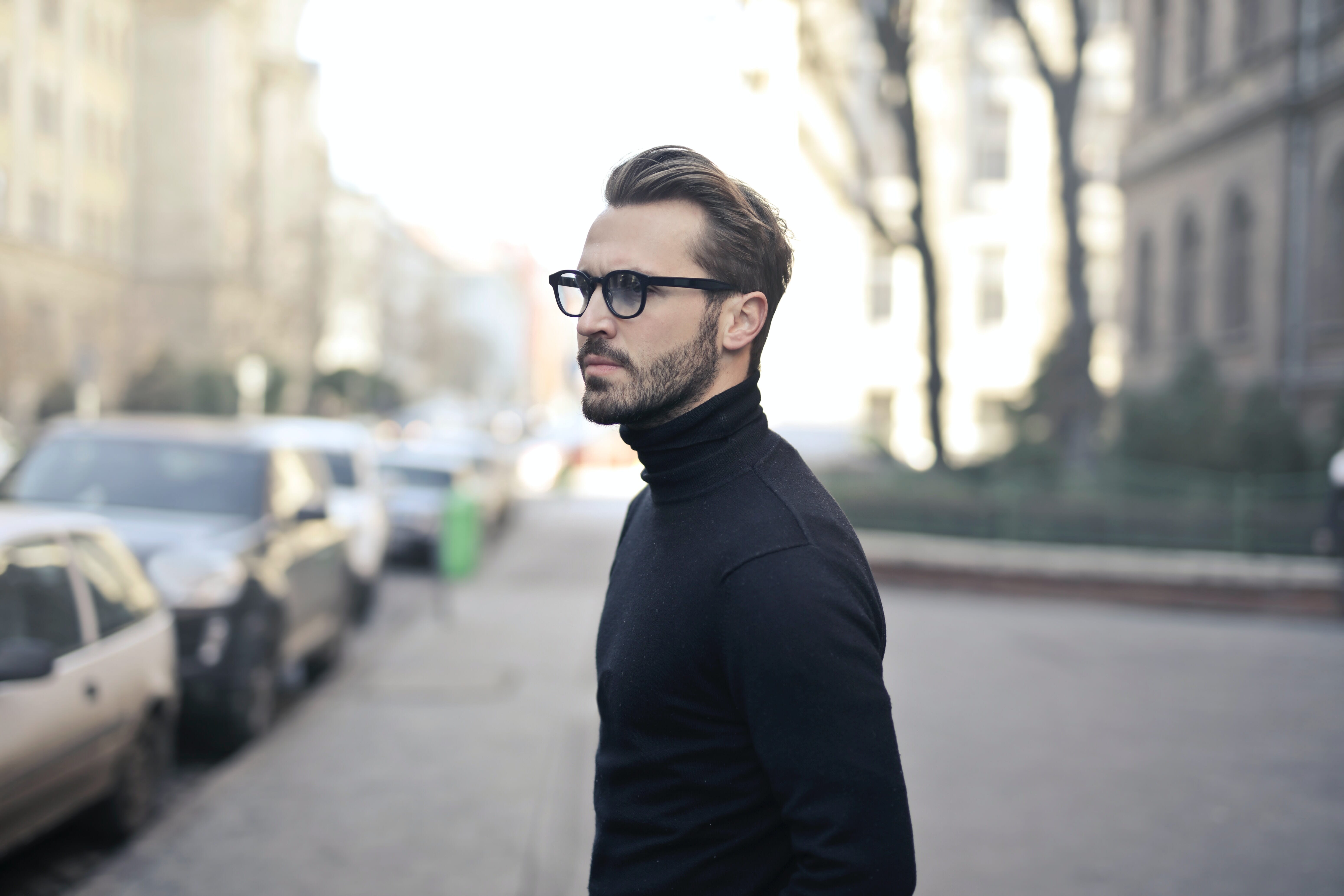
If flashes, strobes, and speedlites aren’t yet your thing, you can use scrims and flags to help yourself out.
A scrim is a fabric material that is placed between your subject and whatever light source is present. In a studio, it’s usually placed in front of a studio light. Outdoors, it’s placed between the sun and your subjects. The purpose of a scrim is to soften the light, therefore alleviating a lot of the harsh contrast from high sunlight. This makes for very flattering skin tones!
By using a scrim, you can make your camera settings more moderate and find shooting much easier!
Scrims are usually attached to a grip and a tripod or light stand. The Impact PortaFrame Scrim Kit is a great option!
Neutral Density and Polarizing Filters
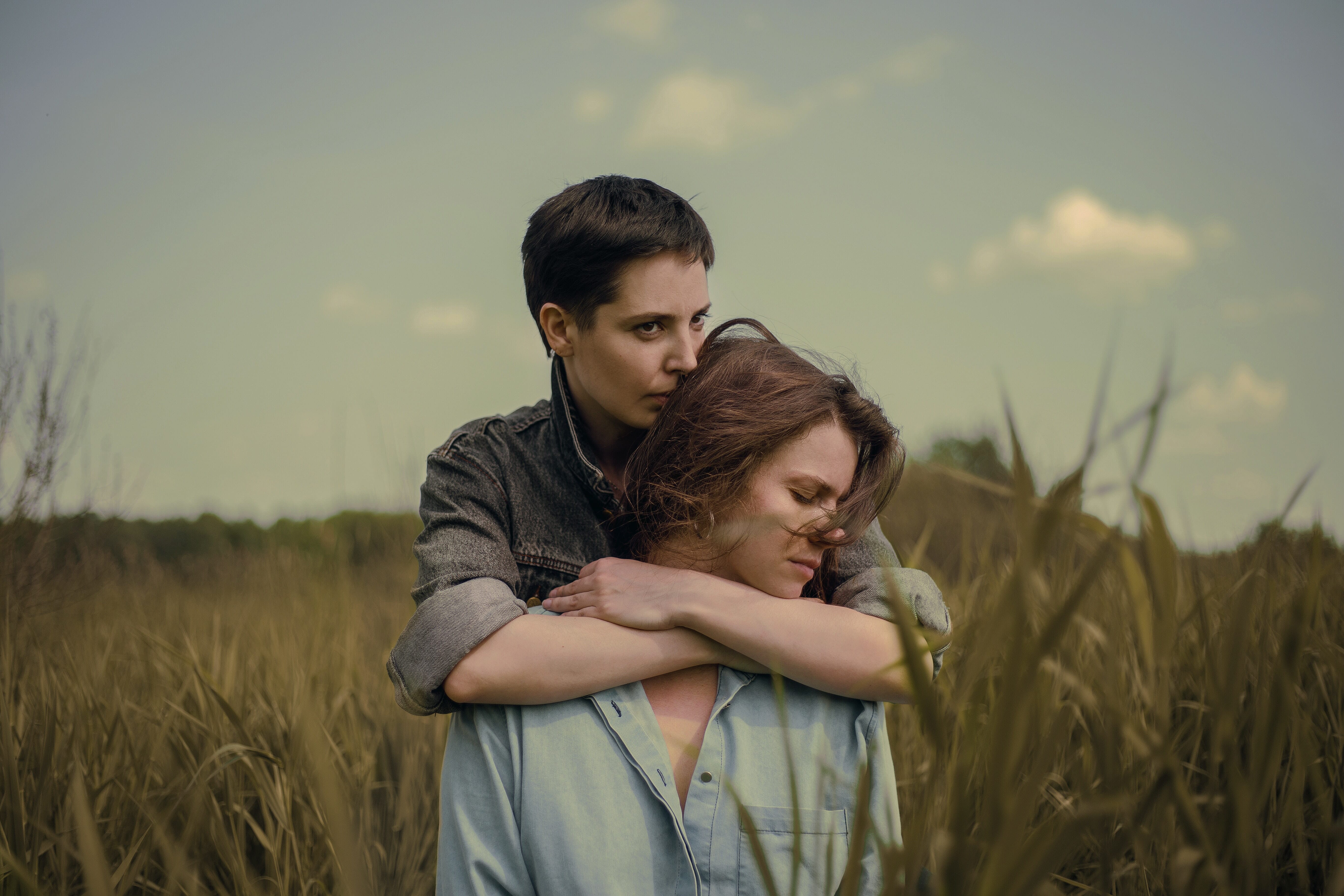
Your lens can lend a hand too if you add a neutral density or polarizing filter to it.
If you really like wide apertures like me and really want to use an f/1.2 on the brightest day imaginable (..also me), an ND or Neutral Density filter can help! This pane of glass that screws onto the front of your glass limits the light that hits the sensor, helping make the world a bit darker than it actually is. The Tiffen Variable Neutral Density Filter is a personal favorite of mine.
If you shoot a lot in the sun or sunset, a polarizing filter can help reduce flares, glares, and ghosting caused by the sunlight hitting your lens at such an angle. The Tiffen Circular Polarizer is a good option.
Other Tips and Tricks to Keep in Mind
Alongside the settings above, there are some additional pieces of information to keep in mind.
1. Set Your Autofocus to Single Point

DSLRs and mirrorless cameras have a lot of focus points and all of them are usually activated by default. Because outdoor portraits tend to have a lot going on in them (from trees to buildings), some cameras can get confused and focus on everything but your subject. Plus, you always want to make sure the eyes are in focus (eyes are the windows to the soul!).
To alleviate this issue, set your autofocus mode to Single Point. This option has you select the focus points that are going to be in play in your image and only lock focus on the subject that passes over those points.
2. Set Your Drive Mode to High-Speed Continuous Shooting/Burst Mode
Your shooting drive mode setting can be a bit of a debate, so I’m giving you this tip with a grain of salt as it’s based on what works for me.
By default, your camera is set to Single Shot. The camera takes one shot, delays, takes another. You can change this to high-speed continuous shooting (sometimes called Burst Mode) which activates the camera’s FPS (frames-per-second).
Although this setting is usually used for action photography, I love using this on portraits outdoors – because of the outdoor conditions (dust, dirt, sun, wind), people blink. This helps you capture a burst of shots and pick out the one with no blink!
Plus, it can change your shooting style and allow your subject to continuously move rather than stand frozen in a pose.
3. Look for Soft Light Wherever You Are
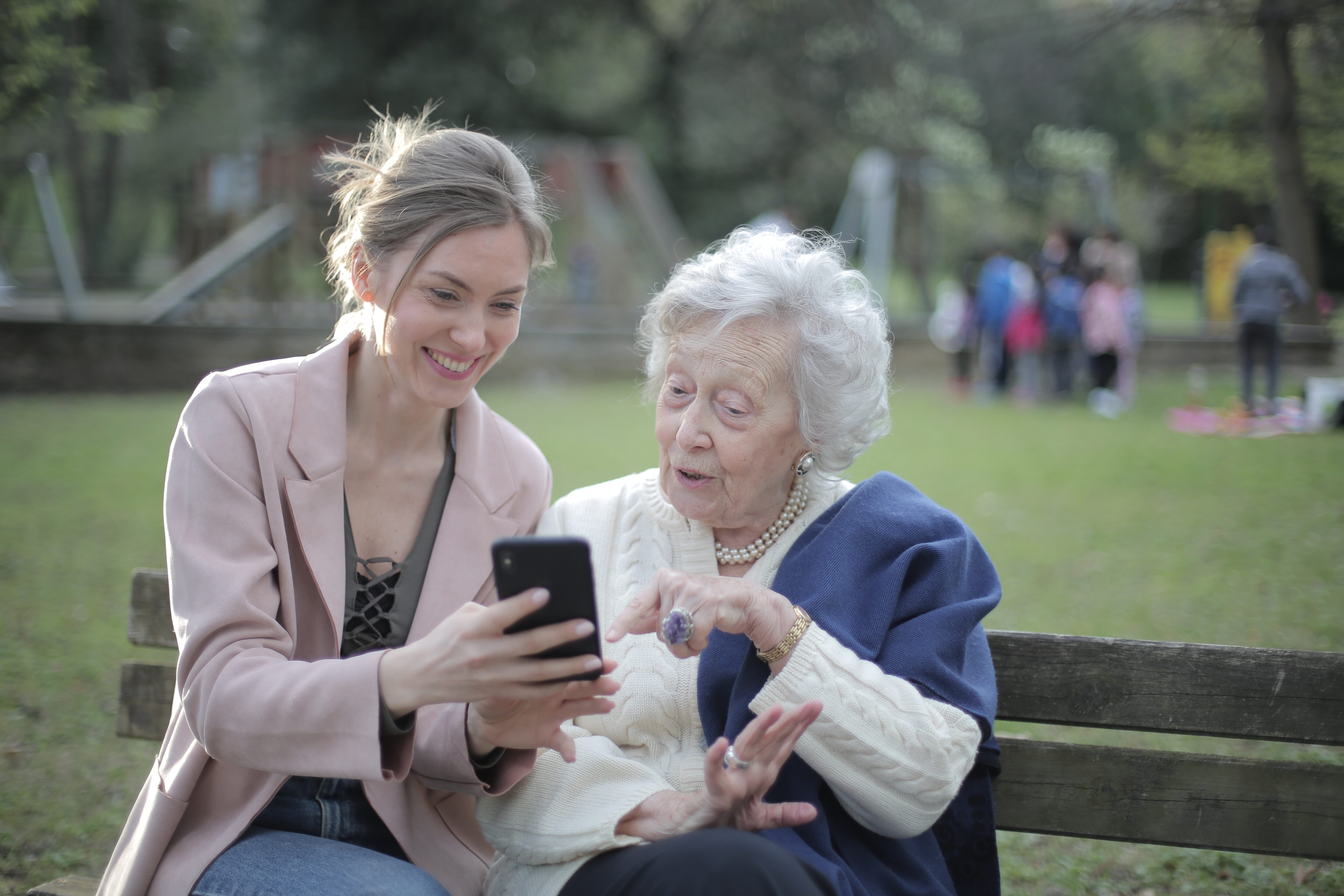
Even on bright sunny days, try to find the soft light. That could be making the subject position under a tree, turning a specific way against the sun, or even using the scrims mentioned above. Softer lighting makes for much more flattering portraits as the lighting becomes more even. Plus, your subject is a lot more comfortable.
4. Shooting in RAW Mode Can Help
Recording images in RAW (the original, totally uncompressed file) can help you in the post-processing aspect. RAW images tend to record more information than we can see with our eyes in the highlights and shadows, making exposure adjustments a lot easier to do. This is a big help with outdoor portraits.
5. Choose the Right Focal Length Lens
At the end of the day, how the shot looks is as much dependent upon the glass you use as it is on the settings you adjust. For portraits, look for lenses that are in the standard focal range or telephoto range and avoid wide-angle lenses!
Standard focal ranges are 35mm all the way to 70mm, lenses that fall within this range don’t tend to have any sort of optic distortion so your subject’s proportions look natural. Telephoto lenses go from 85mm and further and are nice for portraits due to their optic compression – proportions get a teeny bit slimmer, therefore more flattering!
Get the Best Results with These Camera Settings for Outdoor Portraits
A lot of outdoor portrait photography is just about experimenting, finagling, and seeing what works. The more experience you build by actually going out there and shooting in a variety of conditions, the better your work will become: eventually, the settings for outdoor portraits will be second nature!
Disclosure/Disclaimer: As an Amazon Associate, we earn from qualifying purchases. Certain content was provided "as is" from Amazon and is subject to change or removal at any time. Product prices and availability: Amazon prices are updated daily or are accurate as of the date/time indicated and are subject to change. Any price and availability information displayed on Amazon.com at the time of purchase will apply to the purchase of this product.
